About Anxi Ti Kwan Yin Fragrant (Tieguanyin)
Our Clear-Fragrance-Style Anxi Tieguanyin Tea is full of attractive flavour, compared with other Tieguanyin, the aroma of it is more high-scented. It uses the Xiaoqing fermentation method, i.e. fixation takes place on the afternoon of the day after shaking. Shaking time is less than with the Zhengwei method, meaning relatively little stem water spreads into the leaves; fermentation is also relatively light.
Tieguanyin Oolong Tea was first produced in 1725–1735 by a local tea farmer in Anxi County, Fujian province. It has a high content of amino acids, vitamins, minerals, polyphenols and alkaloids. It also contains various nutrients and medicinal substances. Its unique mellow aroma makes it a favorite of many.





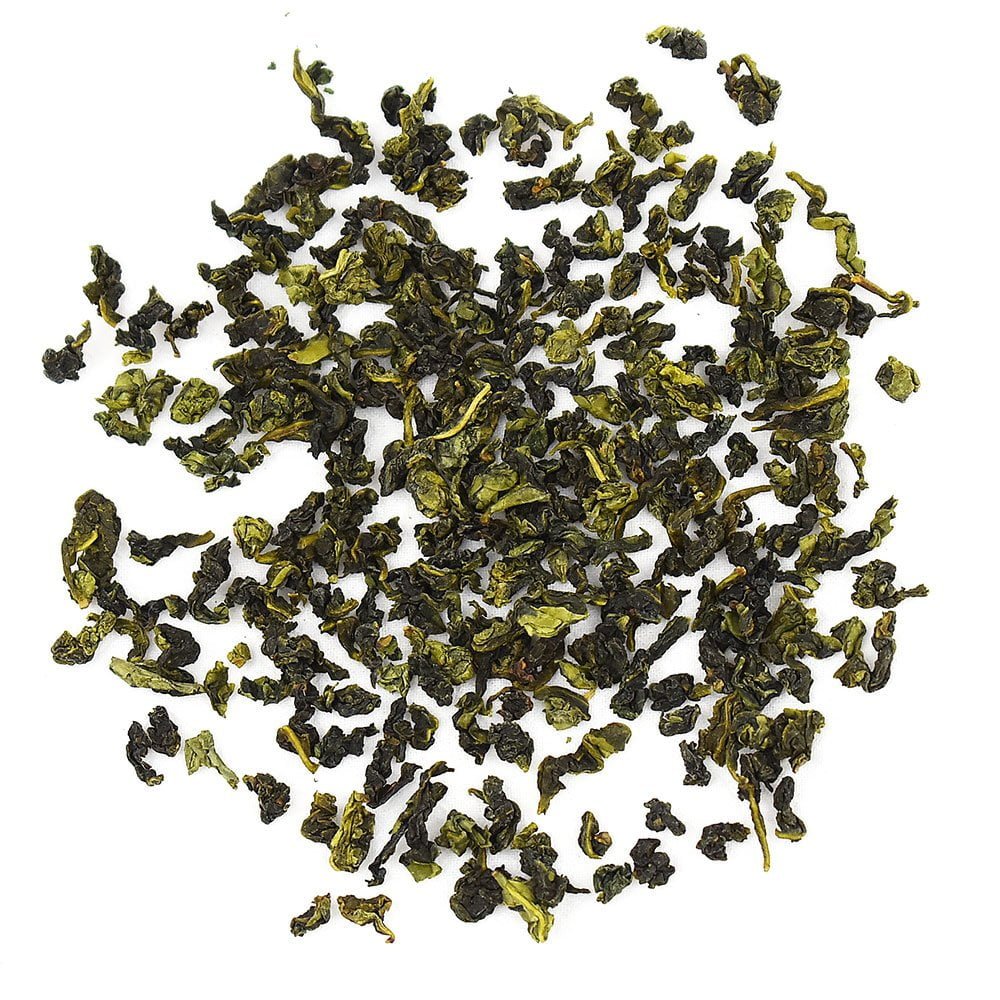
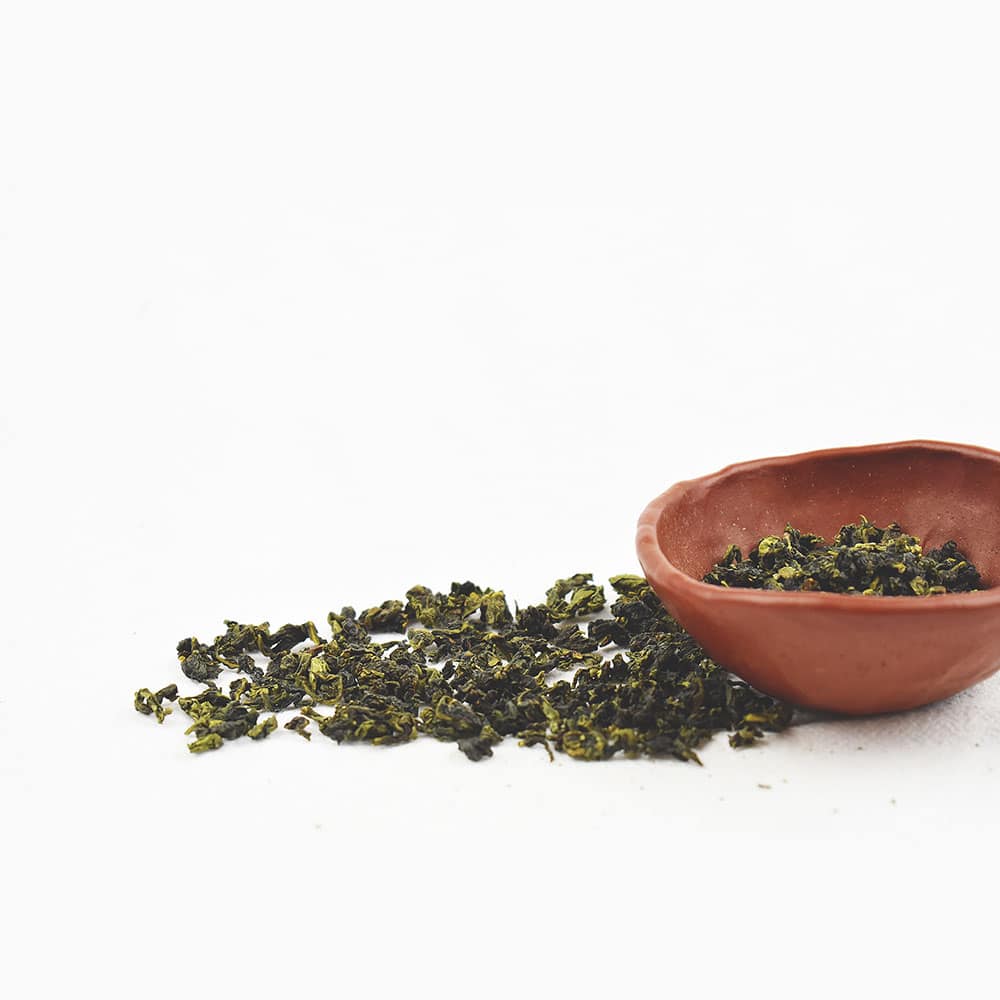

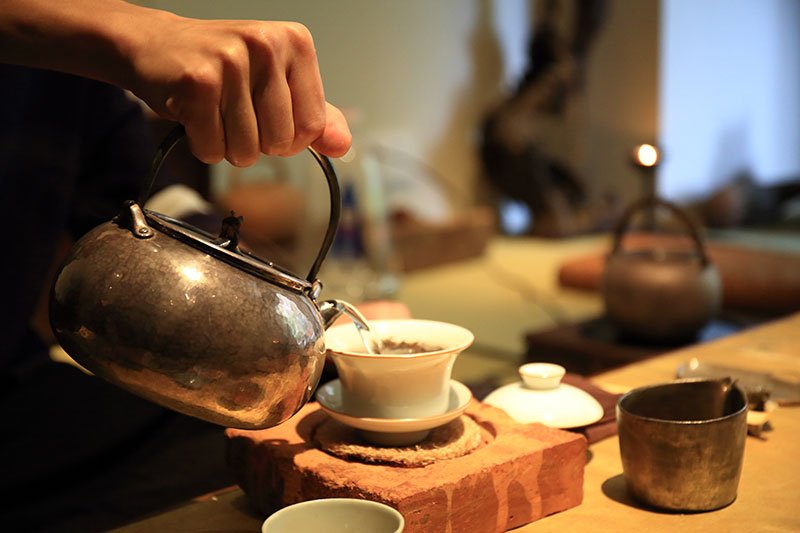

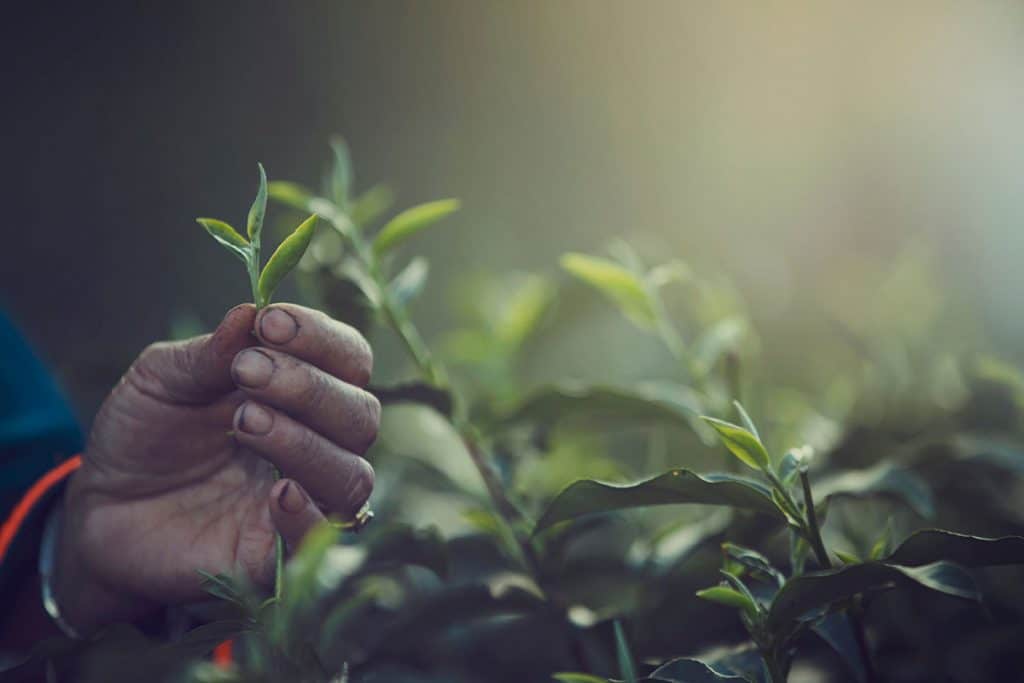
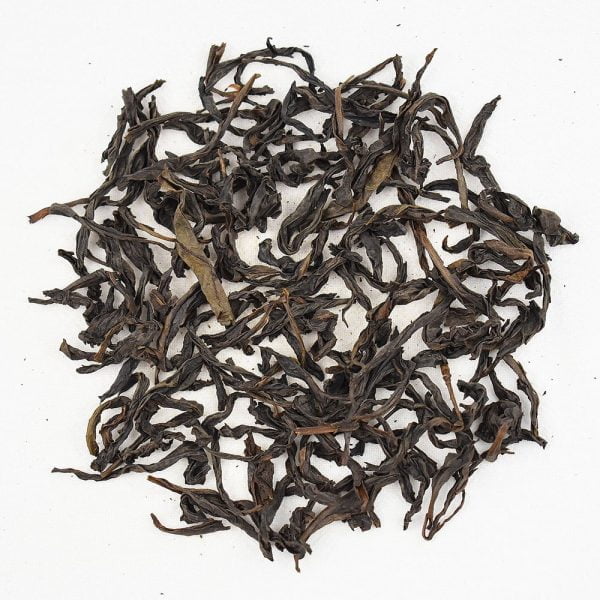
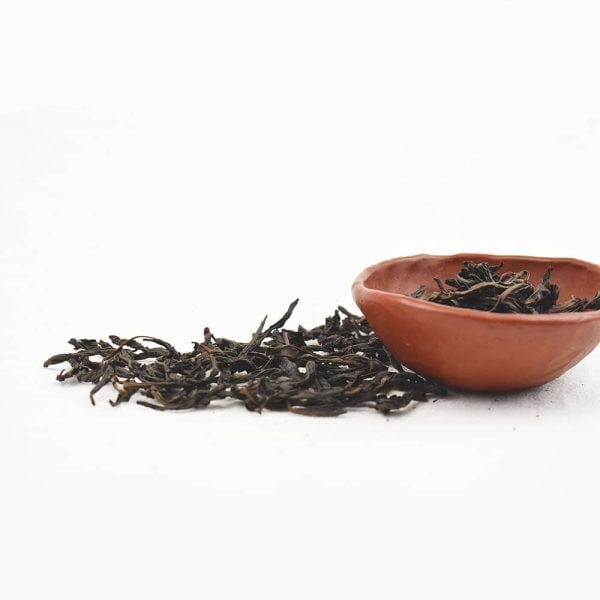
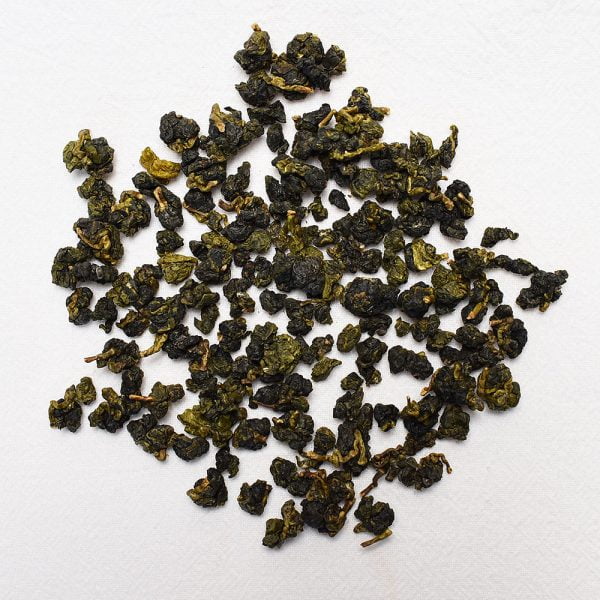
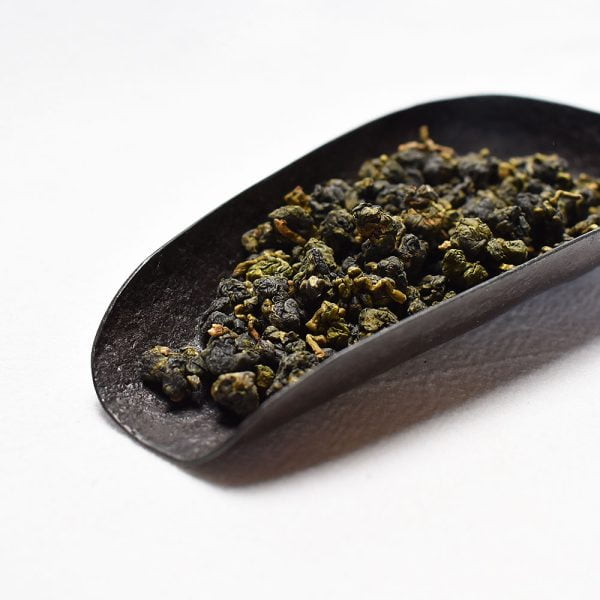
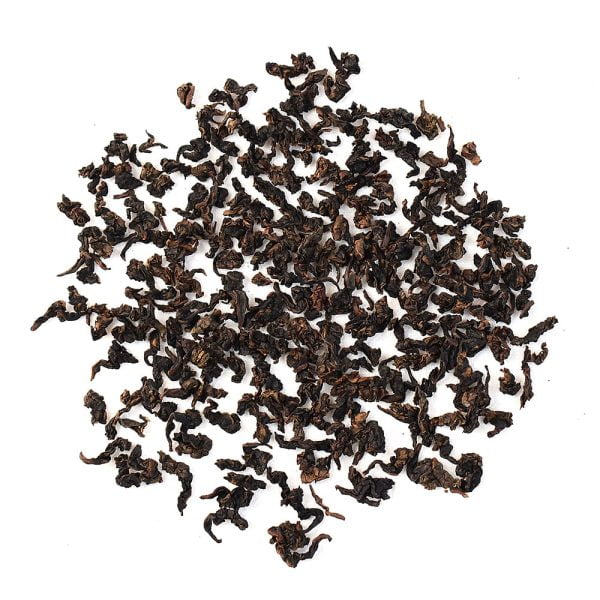

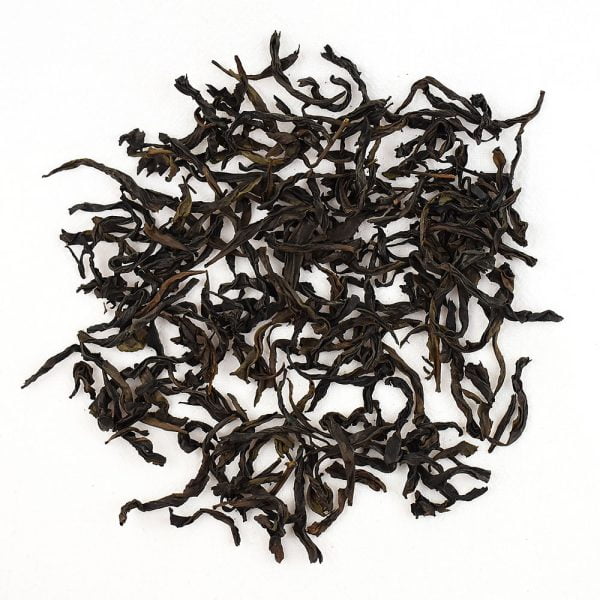
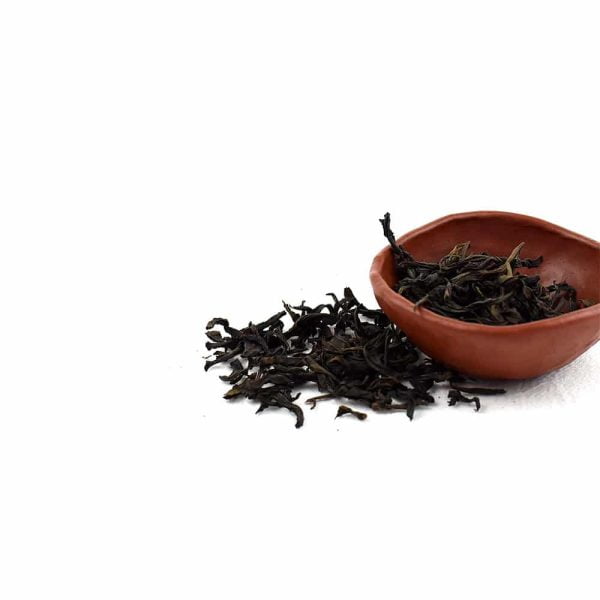
dater.murals-0m –
love this one … i must do because it’s almost gone… it arrived fresh fragrant and repeatable .. that is i haven’t made coffee for awhile now.
michaelcaruso91 –
This one is very fragrant, like the namesake, it is worth getting for me personally over the standard Tieguanyin, it has that floral beautiful orchid scent which is typical of a good quality Tieguanyin, I do recommend spending a bit more and going for the premium versions of tea on this website, just rounds it out a bit more in the scent and flavour department.
Ruby –
Buttery smooth, this is such a feel good tea. I love it on a cold afternoon.
Darcy –
This is one of my favourites. I keep coming back to it every order. I’m never disappointed.
AL –
It has a sweet/fragrant flavor that’s similar to Phoenix Dan Cong Milky Honeysuckle. Its milky aroma is not as strong as the other tea, but it is still a very pleasant taste overall.
Alicia –
I usually don’t go for the popular choice but with this tea, I make an exception. Drinking it feels nourishing for the body.
Anthony H. –
The vibrant orange soup is beautiful and the smooth and sweet floral aftertaste is delicate and moreish; best consumed on a cold day
Luca D. –
Thought I would never find my beyond awesome tasting tea,Anxi Ti Kwan Yin Fragrant, again.